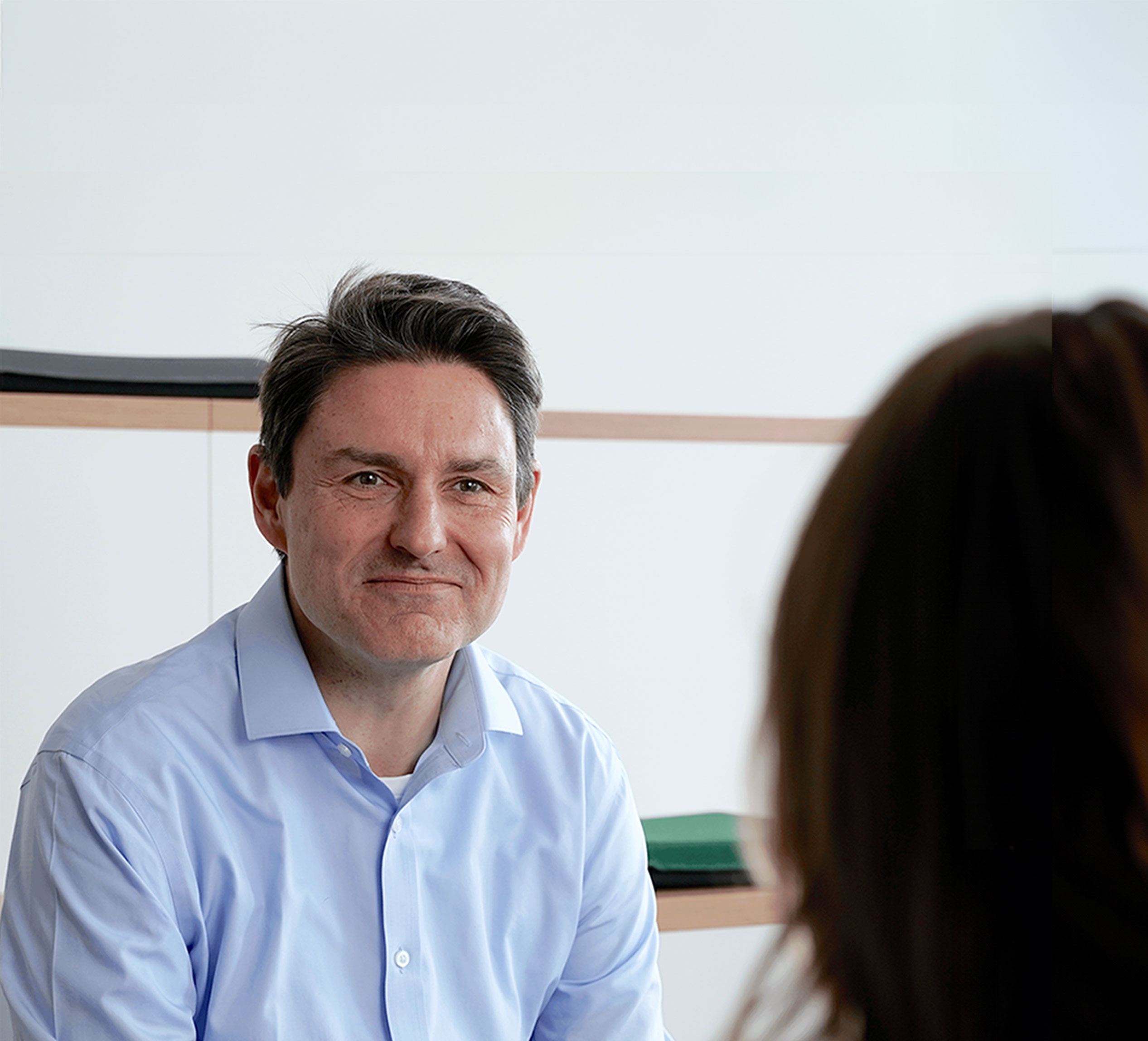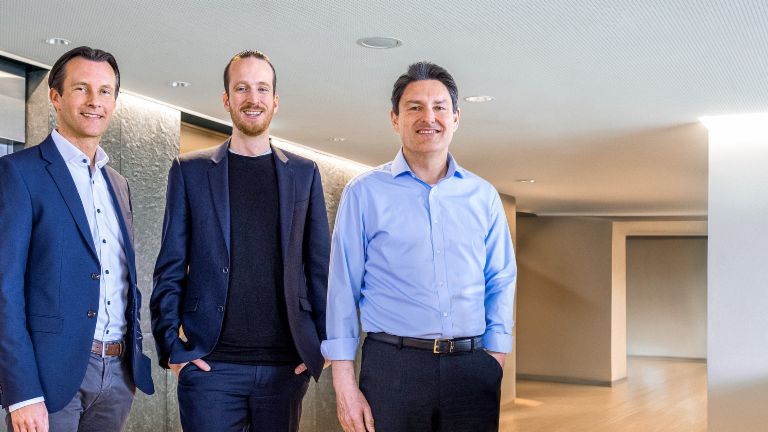- New EOS region Central Europe has existed since March 1, 2024
- EOS Group brings its national subsidiaries more closely together
- Structural change designed to facilitate knowledge transfer and create openness to new business areas
EOS is changing its structure. Since March 1, 2024 the company has had a new “Central Europe” region. As well as Austria, it includes Switzerland, Czech Republic, Slovakia, Slovenia and Hungary, which were previously part of the existing EOS regions Western and Eastern Europe, and EOS Germany, which did not belong to any regional structure before. In this interview, Stephan Ohlmeyer, who will be responsible for the Central Europe region in his capacity as a new member of the EOS Board, and Jan Ottenbreit, who will lead it as Head of Division Management Central Europe, explain the process.
What was the reason for creating a new EOS region “Central Europe”?
Stephan Ohlmeyer: We have seen the benefits offered by regional structures, so it made sense to establish a new strong-growth region that also includes the German market. Until now, Germany has been like a kind of island within the Group.
What are the benefits of regional structures?
Stephan Ohlmeyer: A crucial factor is that they make it easier to access internal expertise. The eastern European countries in particular have in recent years focused strongly on secured real estate portfolios, for example, and as a result have built up extensive professional expertise in this area that Germany can also benefit from. One such example is the Kollecto+ debt collection software that was developed by EOS Romania but is being used meanwhile by almost all EOS countries to process their collection cases.
Jan Ottenbreit: Other synergies occur, for example, through joint business development. This can mean, for instance, that several countries in a region coordinate with one another to be able to present themselves to a customer as a single provider. Or, that as a forward flow purchaser, we buy from a specific bank at uniform conditions across countries. Collaborating with partners that invest across Europe is also easier, because any deal that transcends national borders no longer has to be processed individually. One example of this is the collaboration with the IFC, a member of the World Bank Group that has joined forces with EOS to establish a platform for non-performing loans (NPLs) in Eastern Europe.
How will the new structure impact the workforce?
Jan Ottenbreit: I think that the teams within the Group will become even more international. Already, for example, we have exchange programs where colleagues can work for a few months at a different location in another EOS country. And that’s sure to increase.
Stephan Ohlmeyer: Within the regional structure, the interaction and discussions between colleagues will take place a lot more regularly. In addition, employees from all areas will now talk to one another directly at an operational level. This alone will lead to changes and knowledge transfer, because people will be asking each other: “How do you do that?” And then they’ll learn that perhaps there’s a very different approach that can achieve the same objective.
Does the new structure also mean that new roles will be created?
Jan Ottenbreit: Yes, we are establishing three teams, similar to the setup for our other regions, whereby we will be able to draw mainly on internal candidates. A country administration team, which will support the various countries with their day-to-day administration, for example in areas like finance or governance. A business development team, which will focus on making the best use of the available investment budgets. And a team for organizational development, which will handle operational improvements in areas like debt collection, IT and staff development.
Is EOS also setting itself new goals along with the new structure?
Jan Ottenbreit: What appeals to me about the new structure is that we can leverage it to expand business development. In this context we don’t want to limit ourselves to just a few goals but to create an openness in general, a receptiveness to finding new capital partners or tapping into new areas of business. One issue, for example, is that in the countries in the Central Europe region the volume of unsecured NPLs being offered is declining, and that this was actually our core business. We therefore have to look at what new opportunities there are in these countries, for example developing our business in secured NPLs.
Will the economies in those countries that make up the new region also benefit from the new structure?
Stephan Ohlmeyer: Fundamentally, we are solving banks’ problems when we buy their portfolios. At the same time, we are helping consumers to get rid of their debt. Everything that makes us better at achieving these two goals also helps consumers and the economies in these countries. Because without receivables management there would also not be any banking industry in these countries.
If you’d like to know more about the new Central Europe Region at EOS please don’t hesitate to contact us.

Carina Bonde
Corporate Communications & Marketing
Phone: + 49 173 2979331
Scopri di più da EOS





